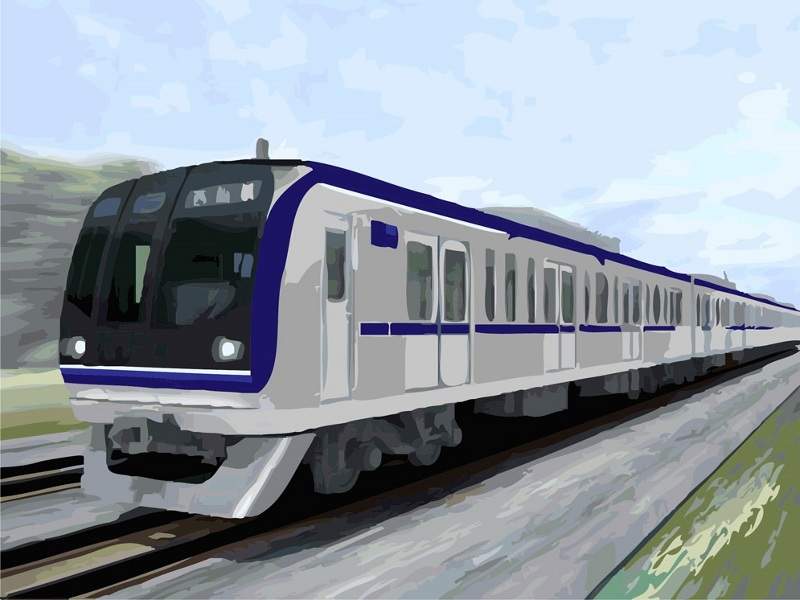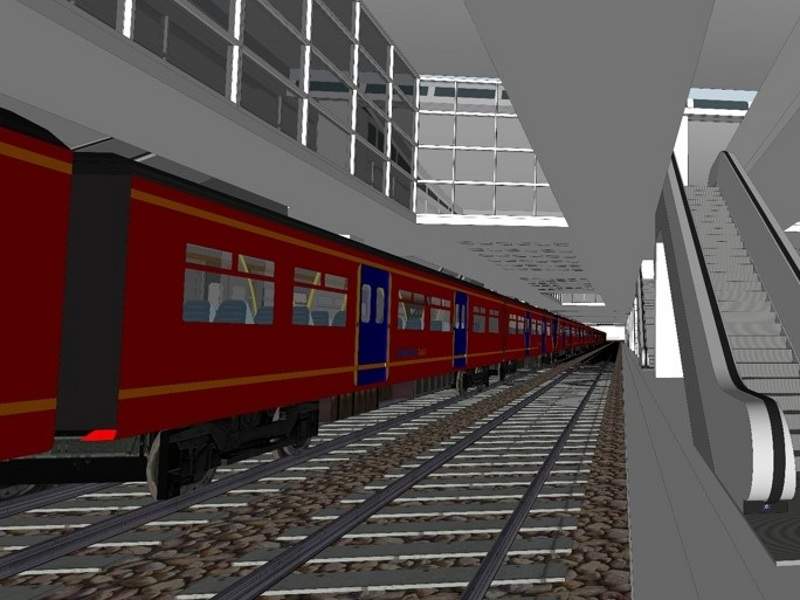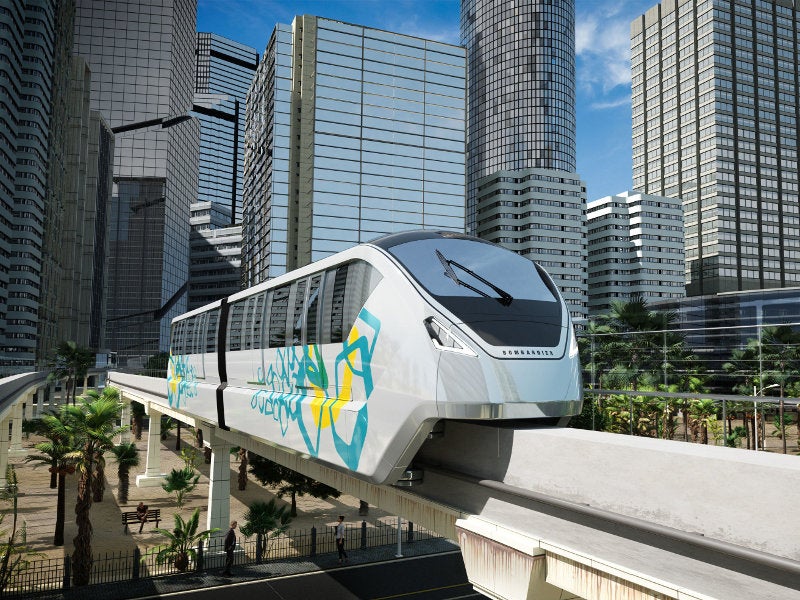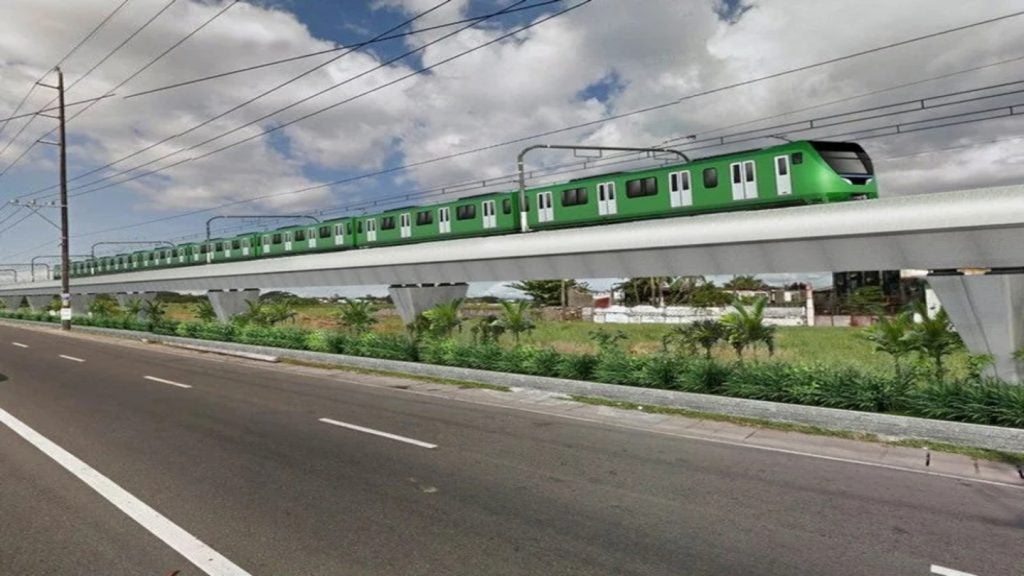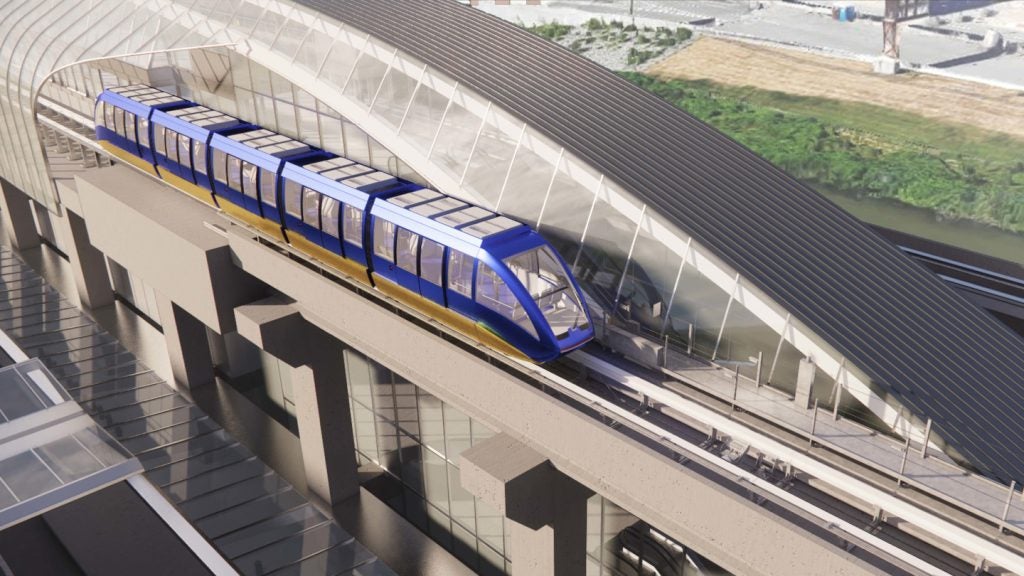The Tagum‐Davao‐Digos (TDD) railway segment is the first phase of the 830km-long Mindanao railway project (MRP) being built in the island of Mindanao, Philippines.
The project is being implemented by the Philippines Department of Transportation through a design-build approach.
The TDD railway line segment was approved by the National Economic and Development Authority’s Investment Coordination Committee in June 2017, following the completion of the feasibility study in April 2017.
Construction on the project is expected to start in February 2019, with completion scheduled for December 2021.
Tagum‐Davao‐Digos railway segment details
The Mindanao railway project’s TDD segment will involve the construction of 105km of the single-track electrified commuter rail line, comprising a 76km-long section between the city of Tagum and the city of Davao and a 29km-long section between Davao and Digos cities. The line has provision for the addition of a second track in the future.
A total of eight railway stations will be built in Tagum, Carmen, Panabo, Mudiang, Davao Terminal, Toril, Sta Cruz, and Digos as part of the project.
The segment will also include the construction of bridges or viaducts, at-grade / elevated tunnels, and installation of telecommunications or supervisory control and data acquisition (SCADA) system for railway signalling. A 10ha depot will be built in Tagum as part of the TDD segment.
Rolling stock for the TDD segment
TDD will be served by six five-car diesel multiple unit (DMU) passenger train sets with three spare cars, 15 freight cars, and four locomotives. With a service frequency of ten minutes, the trains will run at a maximum speed of 160km/h.
Financing for the railway line
The Tagum‐Davao‐Digos (TDD) railway line is estimated to cost PHP35.26bn ($667.5m). It will be financed by the Government of Philippines’ public-private partnership (PPP) scheme under the General Appropriations Act (GAA), which defines the annual expenditure programme of the Philippines government.
Tagum‐Davao‐Digos railway line benefits
Passengers travelling between Tagum and Digos will have a safe, fast and reliable transport option on the TDD commuter line. It is expected to serve approximately 134,000 riders a day by 2022 and up to 237,000 by 2032. Daily ridership is estimated to increase to 375,000 by 2042.
The TDD segment of the MRP is expected to reduce travel time between Tagum city, Davao del Norte and Digos city, Davao del Sur from 3.5 hours to 1.3 hours.
Economic development, trade and tourism in the region are expected to benefit from the project.
Contractors involved
The feasibility study on the project was conducted by Schema Consult, Engineering and Development Corp of the Philippines (EDCOP), and Pacific Rim Innovation and Management Exponents (PRIMEX).
Mindanao railway project details
In addition to the TDD segment, the Mindanao railway project will include three circumferential lines and four spur lines, which will increase the total length of the line to 1,530km.
The three proposed circumferential segments of the project are the 208km-long Butuan‐Nabunturan‐Tagum line, the 285km-long Iligan‐CDO‐Butuan line, and the 234km-long Digos‐Iligan line.
The MRP’s spur lines will include the 109km-long Butuan-Surigao section in the north-east, the 141km-long Kabacan‐General Santos in the south, the 338km-long Iligan‐Zamboanga in the south-west, and the 114km-long Iligan‐Dipolog in the north-west part of Mindanao.
Mindanao railway project will improve inter-island connectivity by linking major cities, seaports, and other economic zones, including Cotabato and Cagayan de Oro.

